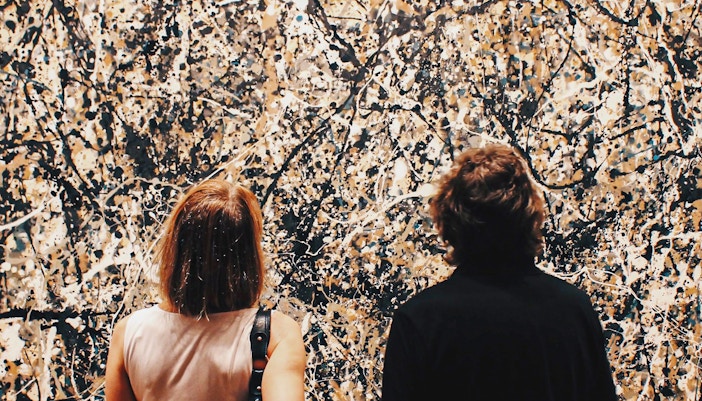About Vincent van Gogh | The artist
Vincent van Gogh, born on March 30, 1853, in Zundert, Netherlands, is considered to be one of the most prolific artists of all time and one of the most celebrated artists in the Post-Impressionist movement. His works gained global recognition and popularity and were sold at record-breaking sums after his death in 1890. His art continues to move people and evoke emotions and remains a field of study, research, and fascination even today.
Van Gogh wrote a number of letters alongside his paintings, mainly to his brother Theo and his sister Will, which became a part of art exhibitions over time. The Dutch artist’s career spanned only a decade, from 1880 till his passing in 1890, but over those 10 years, he managed to amass a collection of over 2,000 oil paintings, charcoal, watercolor paintings, and sketches. His emotional anguish, mental instability, and search for spiritual knowledge and peace fueled his art. He found solace and inspiration in nature, landscapes, his surroundings, and celestial bodies.
His tumultuous life created a quintessential tortured artist myth that surrounds his work, adding another coat of mystery and intrigue to his already layered and thought-provoking art.










.jpg?auto=format&w=510.8727272727273&h=401.4&q=90&ar=14%3A11&crop=faces&fit=crop)





